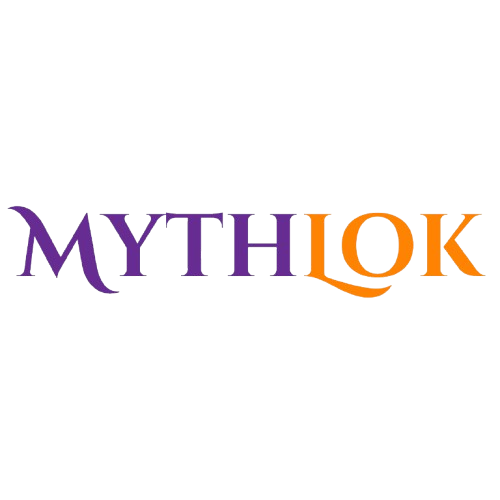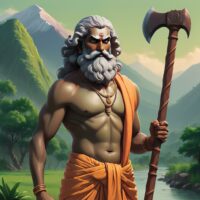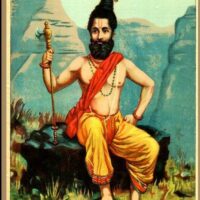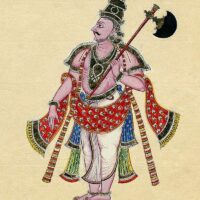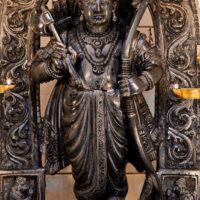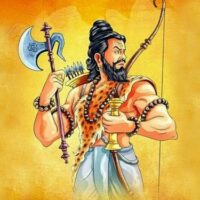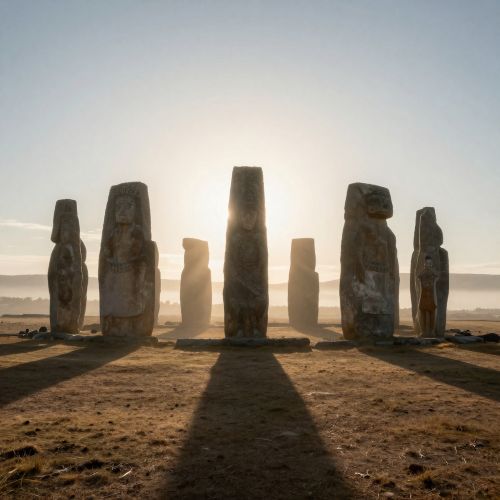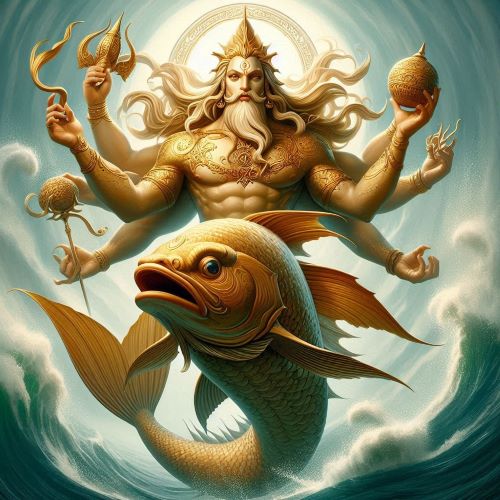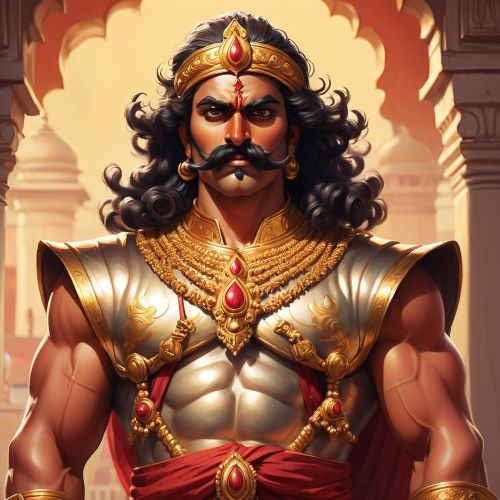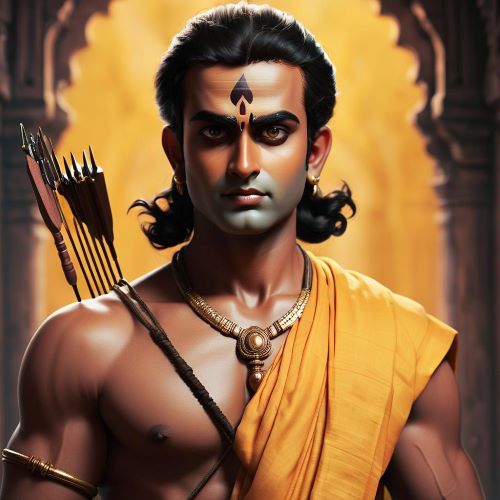Parashurama : The Sixth Avatar
Listen
At a glance
| Description | |
|---|---|
| Origin | Indian Mythology |
| Classification | Demigods |
| Family Members | Jamadagni (Father), Renuka (Mother) |
| Region | India |
| Associated With | Anger, Destruction, Balance |
Parashurama
Introduction
Parashurama, the sixth avatar of the Hindu god Vishnu, stands out as a unique and enigmatic figure in Indian mythology. Unlike other avatars, he is depicted as a Brahmin warrior wielding an axe, symbolizing a fusion of spiritual and martial prowess. His name, meaning “Rama with the axe,” reflects his weapon of choice, granted to him by Shiva, another principal deity in Hinduism. Parashurama is known for his mission to eradicate the Kshatriya (warrior) class to restore cosmic balance.
His legend is deeply embedded in ancient texts such as the Mahabharata, the Ramayana, and the Puranas, highlighting his significance across different epochs and regions in India. Revered as a powerful warrior, a devoted son, and a learned Brahmin sage, Parashurama’s story encompasses acts of great valor and moments of tragic consequence. Also known as Rama Jamadagnya, Rama Bhargava, and Virarama, he is one of the Chiranjivis (Immortals), destined to reappear at the end of the Kali Yuga to serve as the guru of Vishnu’s tenth and final incarnation, Kalki.
Physical Traits
Parashurama is typically depicted as a robust and formidable warrior with distinct physical traits that signify his dual Brahmin-Kshatriya identity. He has a muscular build, befitting his warrior status, yet his serene and meditative demeanor reflects his sage-like qualities. His attire combines the simplicity of a hermit with the readiness of a warrior, often shown wearing a dhoti and sometimes adorned with a deer skin, symbolizing his ascetic lifestyle.
He is portrayed as tall and well-built, sometimes with a fiery red beard and matted hair tied in a topknot, underscoring his sage-like qualities. Parashurama’s most striking feature is his weapon, the Parashu, a massive axe gifted to him by Shiva. The Parashu symbolizes his immense strength and unwavering resolve as a warrior, as well as his divine mandate to fight injustice. His eyes are described as fierce yet compassionate, embodying his role as a protector of dharma (righteousness).
Family
Parashurama’s family lineage plays a crucial role in shaping his complex character. Born to Jamadagni, a revered Brahmin sage, and Renuka, a Kshatriya princess, Parashurama embodies the convergence of priestly and warrior classes. Renuka’s origin as a Kshatriya princess who married Jamadagni adds depth to his lineage, blurring caste distinctions. Their familial harmony was disrupted when King Kartavirya Arjuna seized their celestial cow, Surabhi, leading to a pivotal confrontation. Parashurama’s unwavering loyalty to his father, even in morally challenging situations, defines his narrative. While some versions mention his multiple wives and sons, these aspects are less prominent in the mythological tales that focus on his Brahminical lineage and the moral dilemmas he faced.
Other names
Parashurama’s name, translating to “Rama with the axe,” perfectly embodies his dual nature as a warrior-sage. “Parashu” means “axe,” referencing his mighty weapon, while “Rama” signifies “pleasing.” He possesses various other titles across India. “Bhargava” denotes his lineage from sage Bhrigu, “Rama Jamadagneya” links him to his father Jamadagni, and “Veerarama” emphasizes his valor. Interestingly, he also shares the epithet “Kalki” with Vishnu’s final avatar, hinting at his role as a destroyer of evil.
Powers and Abilities
Parashurama, a complex figure in Hindu mythology, embodied both immense physical prowess and profound spiritual knowledge. A master warrior wielding the mighty Parashu axe, he could cleave mountains and strategize flawless battle plans. Yet, his expertise extended beyond the battlefield. He was a scholar of the Vedas and a devout follower of Lord Shiva, blessed with immortality and exceptional healing abilities.
His legend is a tapestry woven with heroism and violence. Infamous for purging the Kshatriya warrior class, Parashurama’s rage stemmed from avenging his father’s murder by a corrupt Kshatriya king. Driven by vengeance, he embarked on campaigns, eliminating the Kshatriyas twenty-one times to restore balance. However, remorse eventually overtook him. Seeking penance, he retired to India’s west coast, where he is said to have created the landmass of Kerala. Another significant encounter marked his story – a legendary duel with Rama, another avatar of Vishnu, signifying the cyclical nature of Vishnu’s incarnations and the restoration of cosmic order.
Modern Day Influence
Parashurama’s legacy in modern Hinduism is multifaceted. Revered as a temple deity, particularly on the west coast of India (said to be his creation), he is celebrated during Parashurama Jayanti, an important Hindu festival. However, his violent acts against the Kshatriyas spark debate. Some view them as restoring balance, while others see them as excessive. This ongoing discussion reflects the complexity of Hindu mythology and its deities. While his direct influence might be less pronounced than other avatars, Parashurama’s presence endures in stories, art, and cultural representations. His role in the Ramayana and his connection to great warriors in the Mahabharata solidify his place in Hindu mythology.
Related Images
Frequently Asked Questions
What is lorem Ipsum?
I am text block. Click edit button to change this text. Lorem ipsum dolor sit amet, consectetur adipiscing elit. Ut elit tellus, luctus nec ullamcorper mattis, pulvinar dapibus leo.
What is lorem Ipsum?
I am text block. Click edit button to change this text. Lorem ipsum dolor sit amet, consectetur adipiscing elit. Ut elit tellus, luctus nec ullamcorper mattis, pulvinar dapibus leo.
What is lorem Ipsum?
I am text block. Click edit button to change this text. Lorem ipsum dolor sit amet, consectetur adipiscing elit. Ut elit tellus, luctus nec ullamcorper mattis, pulvinar dapibus leo.
What is lorem Ipsum?
I am text block. Click edit button to change this text. Lorem ipsum dolor sit amet, consectetur adipiscing elit. Ut elit tellus, luctus nec ullamcorper mattis, pulvinar dapibus leo.
What is lorem Ipsum?
I am text block. Click edit button to change this text. Lorem ipsum dolor sit amet, consectetur adipiscing elit. Ut elit tellus, luctus nec ullamcorper mattis, pulvinar dapibus leo.

